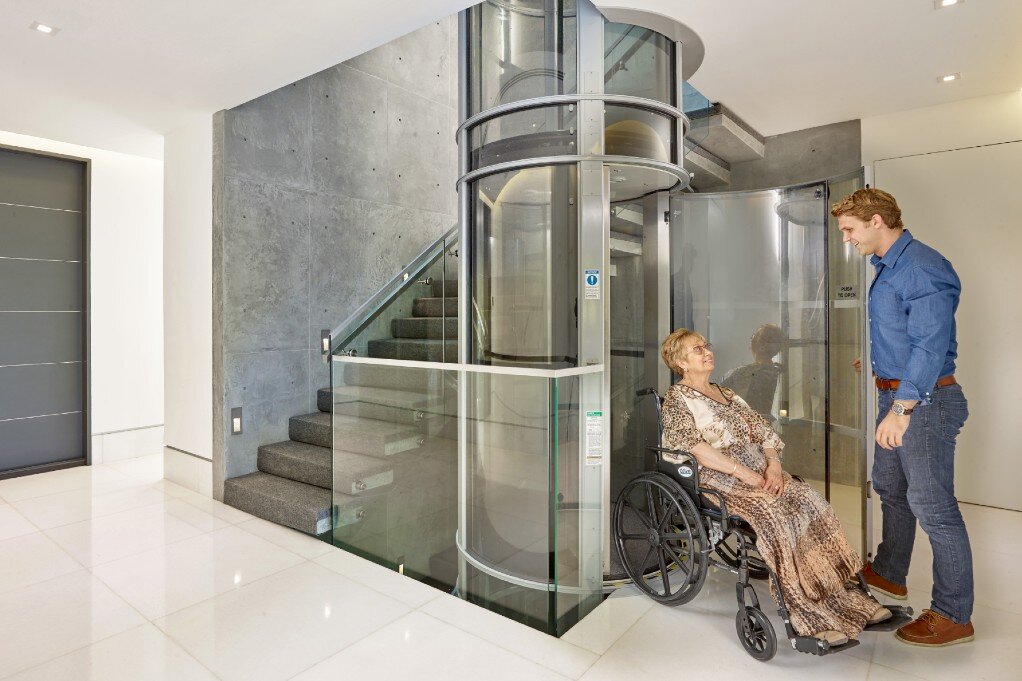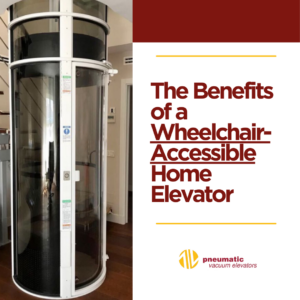For the car enthusiast, the home garage is a sacred space. It’s a workshop, a sanctuary, and an extension of their passion. But limited space can often hinder the full potential of this haven. This is where residential garage lifts come in, transforming your garage into a multi-functional masterpiece.
This article delves deep into the world of residential car lifts, exploring advanced concepts and technical considerations beyond the basic buyer’s guide.
Understanding Lift Types: Function Meets Footprint
There are two main categories of residential car lifts:
- Four-Post Lifts: These offer superior stability and are ideal for car storage or light-duty maintenance. They have a larger footprint but allow you to walk freely underneath the lifted vehicle. Common types include:
- Full Rise Four-Post: Provides maximum lifting height for taller vehicles and ample working space beneath.
- Mid-Rise Four-Post: Offers a balance between lifting height and space efficiency, suitable for most car models.
- Low-Rise Four-Post: Perfect for storing a car underneath another vehicle, maximizing vertical space utilization.
- Two-Post Lifts: More space-saving than four-post lifts, they’re ideal for mechanics or hobbyists who perform frequent undercarriage work. However, they require maneuvering the car onto lifting arms, and movement underneath is limited. Common types include:
- Asymmetric Two-Post: Offers easier access to the lifted vehicle’s sides for working on doors and fenders.
- Symmetric Two-Post: Provides a more compact design, suitable for garages with limited side space.
Advanced Considerations: Beyond Capacity and Height

While weight capacity and lifting height are crucial factors, several other technical aspects deserve attention:
- Hydraulic vs. Screw Drive:
- Hydraulic: Powerful and efficient, ideal for heavier vehicles. Requires regular maintenance for fluid levels and potential leaks.
- Screw Drive: quieter and more space-saving, often preferred for residential garages. May have slower lifting speeds and lower weight capacities.
- Anchor Bolts vs. Portable Lifts:
- Anchor Bolts: Permanently mounted lifts offer the highest stability and lifting capacity. Installation requires professional assistance and careful floor planning to ensure proper anchoring in concrete.
- Portable Lifts: More versatile, allowing for easier repositioning within the garage. However, they may have lower weight capacities and require secure storage when not in use.
- Safety Features: Look for lifts with automatic safety shutoff systems, overload protection, and multiple locking mechanisms for complete peace of mind.
Installation and Regulations: Building a Safe Haven
Installing a residential car lift is a serious undertaking. Key considerations include:
- Garage Floor Strength: Ensure your concrete floor is thick enough (typically 4-6 inches) and reinforced to handle the lift’s weight and dynamic load.
- Ceiling Height: Verify your garage has sufficient clearance for the chosen lift’s maximum lifting height, with an additional safety buffer for taller vehicles.
- Electrical Requirements: Most lifts are electrically powered, so ensure your garage has a dedicated circuit with the appropriate amperage to handle the lift’s motor.
- Permits and Inspections: Depending on your location, building permits and inspections may be necessary. Contact your local building department for specific requirements.
Pro Tip: Always consult with a qualified engineer or contractor to assess your garage’ structural suitability for lift installation.
Advanced Applications: Pushing the Boundaries
Residential car lifts aren’t just for storage or basic maintenance. Here’s how to unlock their full potential:
- Specialty Lifts: Explore options like scissor lifts or mobile column lifts for specific needs. Scissor lifts offer a lower working profile and are ideal for engine removal, while mobile column lifts provide unmatched versatility and can be easily stored when not in use.
- Customizable Workspace: Utilize the lifted space to create a dedicated under-car work area. Install tool cabinets, lighting fixtures, and even a workbench for ultimate convenience.
- Smart Integration: Consider integrating your lift with smart home systems for remote operation, monitoring features, and scheduled maintenance reminders.
Conclusion: Owning Your Garage, Owning the Experience
A residential car lift is a significant investment, but the rewards are substantial. It transforms your garage into a multi-functional haven, empowering you to take complete control of your automotive experience. By understanding the different lift types, considering advanced technical aspects, and ensuring proper installation, you can unlock the full potential of your garage and elevate your car care to a whole new level. Remember, a well-chosen and properly installed lift isn’t just a tool; it’s an extension of your passion, allowing you to truly own your garage and the experience it offers.
Frequently Asked Questions About Residential Garage Lifts
Q: What are the typical uses for a residential car lift?
A: Residential car lifts offer a variety of benefits:
- Storage: Double your garage space by storing one car on top of another.
- Maintenance: Gain easy access to the undercarriage for repairs, oil changes, and detailing.
- Workstation Creation: Utilize the lifted space to create a dedicated under-car workspace with improved lighting and tool accessibility.
- Project Cars: Store and work on restoration projects conveniently within your garage.
Q: Which type of lift is right for me – four-post or two-post?
A: The choice depends on your primary use:
- Four-Post Lifts: Ideal for storage and light-duty maintenance due to their stability and spacious work area underneath. Consider mid-rise options for a balance of height and space efficiency.
- Two-Post Lifts: Perfect for frequent undercarriage work as they offer full access to the vehicle’s underside. However, they require maneuvering the car onto lifting arms and have limited space for working underneath. Asymmetric two-post lifts provide easier access to the sides of the lifted car.
Q: What are the key factors to consider when choosing a residential car lift?
A: Here are the main considerations:
- Weight Capacity: Ensure the lift can handle the weight of your heaviest vehicle, including fluids and passengers.
- Lifting Height: Verify the lift’s maximum height accommodates your tallest vehicle with an additional safety buffer for headroom.
- Garage Footprint: Measure your available space and choose a lift that fits comfortably without obstructing movement or doorways.
- Lift Type: Consider your primary use (storage vs. maintenance) and choose the most suitable design (four-post vs. two-post).
- Hydraulic vs. Screw Drive: Hydraulic lifts offer power and efficiency, while screw drives are quieter and more space-saving, but may have limitations in speed and weight capacity.
Q: Do I need a permit to install a residential car lift?
A: Permit requirements vary by location. Contact your local building department to determine if permits and inspections are necessary for your specific lift and installation.
Q: Can I install a residential car lift myself?
A: While some portable lifts may be self-installable, anchor-bolt mounted lifts require professional installation to ensure proper anchoring and structural integrity. It’s highly recommended to consult a qualified contractor or engineer for safe and compliant installation.
Q: How much does a residential car lift cost?
A: The cost varies depending on the lift type, capacity, features, and brand. Expect to pay anywhere from $2,000 to $10,000 or more for a high-quality residential car lift.
Q: How much maintenance does a residential car lift require?
A: Maintenance requirements vary by lift type. Hydraulic lifts typically require regular fluid level checks and potential leak inspections. Consult the manufacturer’s manual for specific maintenance schedules and procedures.








